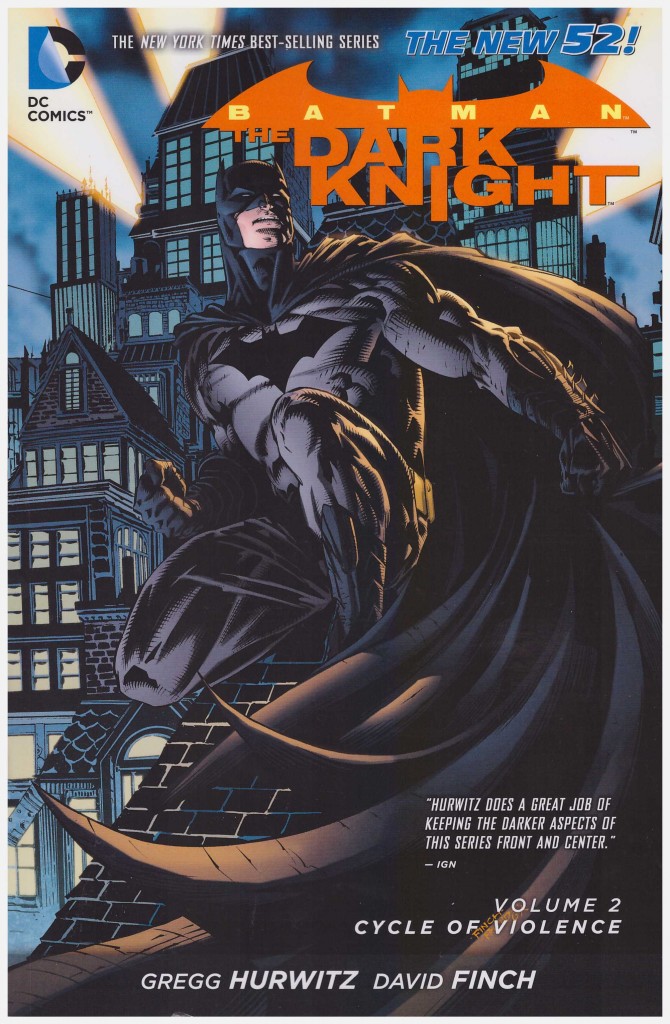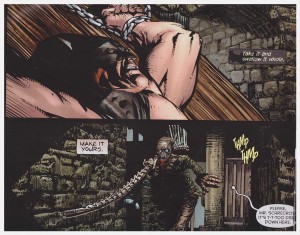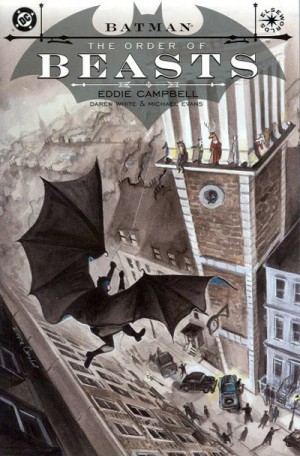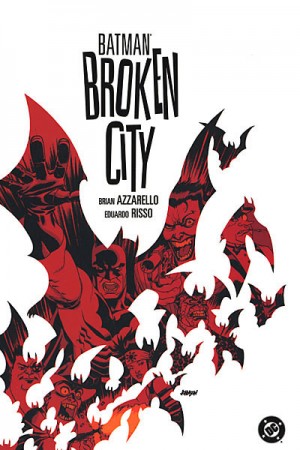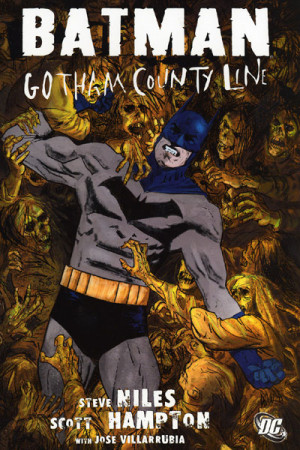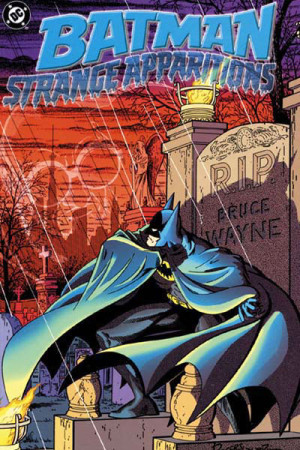Review by Frank Plowright
Volume one, Knight Terrors, was very much a damp squib, heavily promoted on the basis of David Finch. Here, thankfully, he restricts himself to the art, while Gregg Hurwitz supplies the writing. It’s a vast improvement on that previous volume.
There’s a greater subtlety to Finch’s art in Cycle of Violence. His contribution to a relentlessly dank atmosphere is large, and while his horrific skeletal Scarecrow appeared in Knight Terrors, he’s more frightening here than in the previous volume as he’s on home territory and surrounded by the tools of his trade. This includes a monstrous new scythe designed by Finch. Hurwitz adds psychological depth by measuring the Scarecrow’s machinations against his childhood experiences. This expands out into a contrast with Batman’s early youth and just what it is he truly fears. It’s an interesting theory well presented.
The plot appears to have drawn to a conclusion, and some form of redemption before Hurwitz opens it up again to a greater terror, but this part lacks the claustrophobic intensity of the earlier chapters. Finch, though, excels at presenting the bat-gadgetry, vehicles, Batcave and a unique method of distributing an airborne toxin.
The final chapter is a look at the younger Bruce Wayne, desperate for answers, unable to believe the death of his parents was a random act. Adding new elements to the origin and development of Batman after all these years is an admittedly difficult business. Hurwitz has hit on a previously unexplored facet, and exploits it, but it’s not anything memorable enough to enter the permanent Batman canon. Art from Mico Suayan and Juan José Ryp is a study in contrast. Both are capable, but Suayan’s preference is for expressive faces in close-up while Ryp packs his panels with insane amounts of detail.
Hurwitz remains for volume three, Mad, but this is Finch’s swansong.
